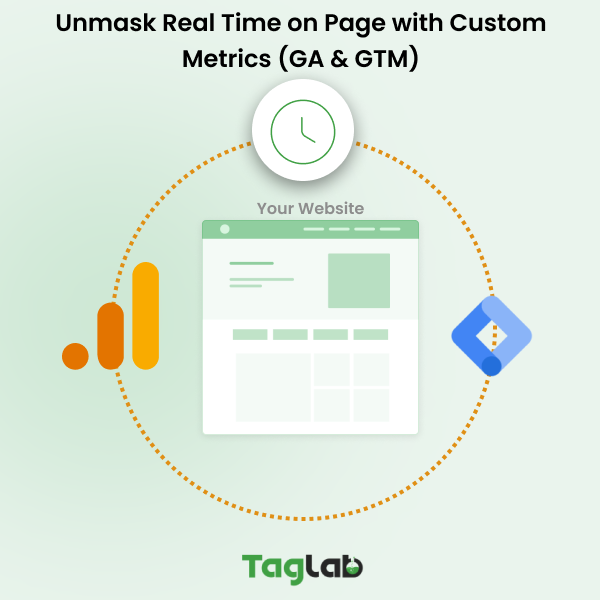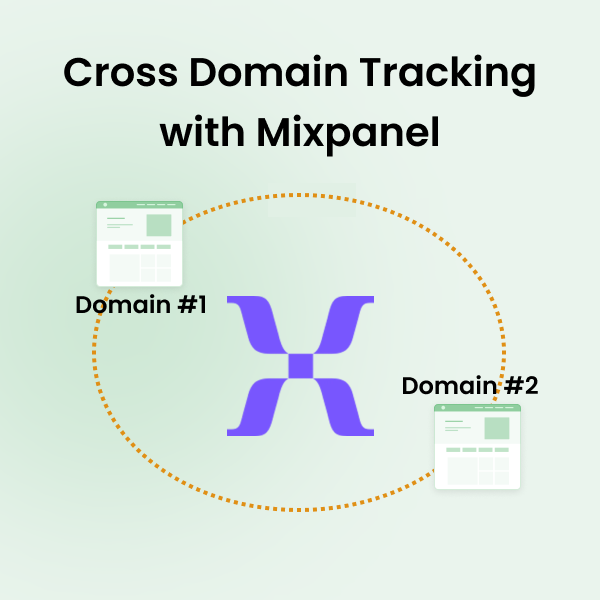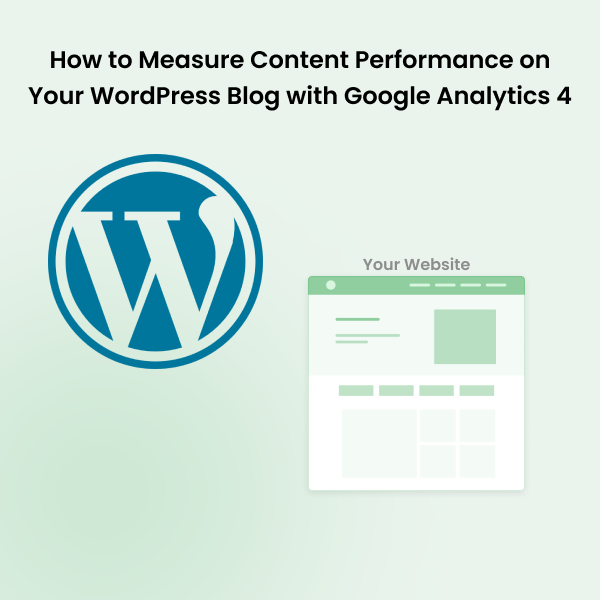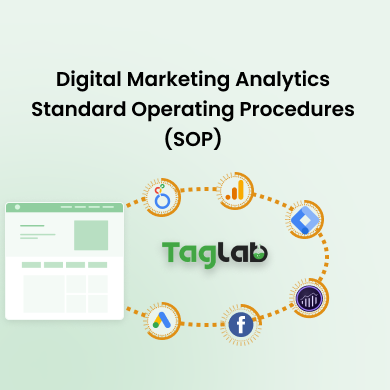Your cart is currently empty!
Strategies to Increase Your Average Order Value Through Analytics and Optimization
- Understanding Average Order Value
- How to Calculate AOV in Google Analytics
- Analyzing Traffic Channels for AOV Optimization
- Funnel Phases and Their Impact on AOV
- Few Tools and Resources for Implementing AOV Strategies
- Final Words
- FAQs: Average Order Value (AOV) in Ecommerce
The Average Order Value (AOV), serves as a critical indicator of overall sales effectiveness and customer spending habits. By focusing on increasing AOV, businesses can maximize revenue from existing traffic, enhancing both profitability and customer lifetime value.
This article delves into proven strategies to boost your AOV, utilizing advanced analytics, conversion rate optimization (CRO), and strategic promotional techniques. Additionally, we will explore the role of various traffic channels in shaping AOV and provide a practical guide on calculating AOV using Google Analytics. Whether you are looking to refine your approach to campaign propositions or enhance user engagement across different stages of the sales funnel, this guide offers actionable insights and techniques tailored for significant impact.
Prepare to transform your understanding of AOV from a mere statistic to a cornerstone of your growth strategy, driving more substantial sales and fostering deeper connections with your customers.
Understanding Average Order Value
What is Average Order Value (AOV)?
Average Order Value (AOV) is a crucial ecommerce metric that measures the average amount spent each time a customer places an order on a website or mobile app over a defined period. It is calculated by dividing total revenue by the number of orders, providing insights into consumer spending behavior.
Formula: AOV=Total Revenue / Number of Orders
Significance of AOV
AOV is more than just a number; it’s a mirror reflecting the effectiveness of your marketing and sales strategies. High AOV indicates that customers are purchasing more expensive items or buying in larger quantities per transaction, which can be a sign of strong customer trust and satisfaction. On the flip side, a low AOV might signal that customers are hesitant to make significant purchases or that your store is attracting a bargain-seeking customer base.
Impact on Revenue and Profitability
Increasing your AOV can have a direct and potent impact on your business’s bottom line:
- Revenue Enhancement: By encouraging customers to spend more per transaction, you can boost your overall revenue without necessarily increasing traffic or conversion rates.
- Cost Efficiency: Raising AOV can be more cost-effective than driving more traffic. It optimizes existing traffic and customer base, reducing the reliance on continually acquiring new customers.
- Enhanced Customer Lifetime Value: Customers with higher AOV are often more engaged and loyal, contributing more to the business over time.
Strategic Importance
Understanding and optimizing AOV provides strategic advantages:
- Pricing Strategies: Insights from AOV can guide adjustments in pricing and product offerings to align better with customer expectations and spending habits.
- Marketing and Promotions: AOV data helps tailor promotions that incentivize higher spending, such as discounts on minimum spends or free shipping thresholds.
- Customer Segmentation: Analyzing AOV by customer segments (e.g., new vs. returning, demographic groups) can reveal opportunities for targeted marketing and personalized shopping experiences.
In the next sections, we will explore how leveraging analytics and optimizing various aspects of your ecommerce strategy can significantly enhance your AOV, driving both growth and customer satisfaction.
How to Calculate AOV in Google Analytics
Setting Up Google Analytics for AOV
Google Analytics is a powerful tool for tracking and analyzing ecommerce activities, however the AOV metric is not available out of the box. To ensure you’re set up to measure AOV, you’ll need to have ecommerce tracking enabled in your Google Analytics account. Specifically you need to be tracking purchase events and total revenue by passing the monetary value of the transaction. Below are two examples of purchase event tracking with both Google Tag Manager and the hardcoded gtag.js event snippet.
Google Tag Manager Purchase Event Example

GTAG.JS Event Snippet Example
gtag("event", "purchase", {
transaction_id: "T_12345",
value: 72.05,
});
Step-by-Step Guide to Calculating AOV:
There are two ways to use the AOV metrics with Google Analytics 4:
- As a Custom Metric: By setting a calculated metric from the custom definitions menu

- As a calculated feild: By calculating a feild in Google Looker Studio

In both ways the formula should be Total Revenue / Ecommerce Purchases.
Using AOV Data to Optimize Performance:
With AOV calculated, you can dive deeper into understanding how different factors influence customer spending. For example:
- Traffic Sources: Analyze which channels are bringing in customers with the highest AOV. This can help you optimize your marketing spend towards the most profitable channels.
- Customer Segmentation: Segment customers based on behavior, acquisition channels, or demographics to tailor strategies that can specifically increase AOV in underperforming segments.
- Campaign Performance: Assess how specific marketing campaigns or promotions affect AOV. This insight allows for fine-tuning promotional strategies to maximize revenue per customer.
Tips for Improving Data Accuracy and Utility:
- Regular Audits: Regularly check your Google Analytics setup to ensure that tracking codes are correctly implemented and data is being accurately reported.
- Enhanced Ecommerce Tracking: Consider upgrading to Enhanced Ecommerce Tracking for deeper insights, such as product performance and checkout behaviors, which can further inform strategies to increase AOV.
Analyzing Traffic Channels for AOV Optimization
Understanding the Impact of Different Traffic Channels
Traffic channels play a crucial role in ecommerce by influencing both the quantity and quality of website visitors, which in turn affects AOV. Each channel—from organic search and paid ads to social media and email marketing—brings in users with different intentions and buying behaviors. Understanding these nuances and break down by several dimensions is key to leveraging each channel effectively to boost AOV.

Key Traffic Channels and Their AOV Implications:
- Organic Search:
- Typically attracts users who are actively searching for specific products or services, leading to higher engagement and AOV.
- SEO strategies can be optimized to target high-value keywords that attract users more likely to make larger purchases.
- Paid Advertising:
- Allows for precise targeting of demographics and interests, potentially increasing AOV through highly tailored ads.
- Monitoring ROI on different ad platforms helps in reallocating budgets to those with the highest AOV.
- Social Media:
- Platforms like Instagram and Facebook enable visual and lifestyle marketing, which can influence higher-value purchases through aspirational content.
- Social commerce features, such as shopping ads, can directly increase AOV by simplifying the purchase process on high-ticket items.
- Email Marketing:
- Highly effective for promoting deals, bundles, and new products to a loyal customer base, which can significantly raise AOV.
- Segmenting email lists based on past purchase behavior can tailor messages to promote higher-priced items to those with a history of bigger spending.
Strategies for Testing Campaign Propositions to Boost AOV:
- A/B Testing: Experiment with different messaging, promotions, and calls to action to see which resonate best with your audience and lead to higher AOV.
- Personalization: Use data analytics to personalize the shopping experience, recommending products or services that complement past purchases or browsing behavior.
- Loyalty Programs: Encourage repeat business and higher spend per transaction by offering rewards and exclusive deals to frequent shoppers.
Optimizing Campaigns Based on AOV Performance:
- Data-Driven Decisions: Continuously analyze the performance of various channels in terms of AOV and adjust strategies accordingly.
- Customer Feedback: Gather and act on customer feedback to improve the shopping experience and potentially increase AOV.
- Technological Integration: Use advanced tools like AI and machine learning to predict buying trends and personalize offers, further enhancing AOV.
Funnel Phases and Their Impact on AOV
Understanding the Sales Funnel
The sales funnel illustrates the customer’s journey from initial awareness to the final purchase. Optimizing each stage of the funnel can significantly influence a customer’s decision to spend more, directly affecting the Average Order Value. Here’s how you can enhance each phase to boost AOV:
1. Awareness Stage:
- Content Marketing: Use high-quality, informative content that targets potential customers at the top of the funnel to build brand awareness. This content should be optimized to attract visitors who are likely to be interested in premium products.
- SEO and Social Media: Drive targeted traffic through SEO and social media campaigns that highlight the value and exclusivity of your products, which can attract a more affluent customer base.
2. Consideration Stage:
- Email Marketing: Implement targeted email campaigns that nurture leads who have shown interest by providing them with detailed information about the benefits and premium features of higher-priced products.
- Retargeting Campaigns: Use retargeting strategies to re-engage visitors who have shown interest but did not purchase. Highlight products they viewed with added incentives or bundled offers to increase the perceived value.
3. Decision Stage:
- Upselling and Cross-Selling: At the point of purchase, implement upselling and cross-selling techniques to suggest complementary products or premium versions of the items they are interested in. This not only enhances the customer experience but also increases the AOV.
- Checkout Optimization: Simplify the checkout process and offer multiple payment options, including financing for higher-priced items, to reduce barriers and encourage higher spend.
Personalizing the Funnel Experience:
Personalization is key to optimizing the funnel for higher AOV. By tailoring the shopping experience based on the user’s behavior, preferences, and past interactions, businesses can effectively guide customers towards higher-value purchases. This includes:
Dynamic Product Recommendations
Deploy algorithms to suggest products that align with the customer’s browsing history and purchase behavior.
Segmented Offers
Create special offers for segments of customers based on their purchase history, encouraging them to spend more with exclusive deals.
Website and Mobile Optimization:
-
- User-Friendly Design: Ensure that your website and mobile platforms are easy to navigate, visually appealing, and responsive. A streamlined user experience reduces friction and can encourage higher spending.
- Speed Optimization: Improve page load times as delays can frustrate users and potentially lead them to abandon their shopping carts.
- Optimized Product Pages: Design product pages that enhance user engagement through high-quality images, detailed descriptions, and customer reviews which build trust and can influence higher order values.
- Upselling and Cross-Selling Techniques:
- Product Recommendations: Implement smart recommendation engines that suggest higher-priced items or premium products that complement what the customer is already considering.
- Bundling Products: Offer bundled deals or packages that provide a slight discount when items are purchased together. This not only increases AOV but also enhances customer satisfaction by providing better value.
- Prominent Placement of Upsells and Cross-Sells: Strategically place these offers during the shopping process, particularly on product pages and during the checkout flow, to capture customer interest when they are most likely to make a purchase.
Personalization
-
- Targeted Offers: Use customer data to present personalized offers and promotions based on past browsing and purchase history. This targeted approach makes offers more relevant and appealing, encouraging higher spend.
- Dynamic Content: Display content dynamically tailored to the user’s preferences and previous interactions with the site. For example, if a user has previously looked at high-end electronics, show them new arrivals or upgrades in that category.
Limited-Time Offers
-
- Flash Sales: Create urgency with time-limited sales on certain products or categories. This can drive quicker and larger purchases, especially if combined with countdown timers.
- Seasonal Promotions: Leverage seasonal trends and holidays to offer special promotions that align with consumer buying patterns during these periods.
Loyalty Programs:
-
- Reward-Based Incentives: Develop a rewards program that offers points or discounts for repeat purchases. This encourages ongoing engagement and increases the likelihood of higher-value orders over time.
- VIP Tiers: Create tiers within your loyalty program that unlock additional benefits as customers reach higher spending thresholds. This motivates customers to increase their spending to gain exclusive perks.
Upscale Experiences and Exclusivity:
-
- Exclusive Access: Offer early access to new products or special editions to loyal customers or those willing to spend more.
- Premium Services: Include options for premium services such as expedited shipping, gift wrapping, or extended warranties, which can enhance perceived value and encourage higher spend.
Optimizing Checkout Process:
-
- Simplified Checkout: Reduce the number of steps in the checkout process to minimize cart abandonment. Every additional step can decrease the likelihood of completing a high-value purchase.
- Multiple Payment Options: Include various payment methods, including digital wallets and financing options, which can remove barriers to higher spending.
A/B Testing for Continuous Improvement:
-
- Experiment with Variations: Regularly test different versions of product pages, offers, and checkouts to see which configurations yield the highest AOV.
- Data-Driven Decisions: Base changes and optimizations on data from A/B testing outcomes to ensure they are effectively enhancing the customer experience and increasing AOV.
Few Tools and Resources for Implementing AOV Strategies
Leveraging the right tools and technology is crucial for effectively implementing strategies to increase AOV. These tools can help businesses analyze data, engage customers, and streamline processes to maximize the impact of their efforts.
Essential Tools and Resources:
-
Analytics and Data Management Tools:
- Google Analytics: Provides insights into customer behavior, traffic sources, and AOV metrics. It’s essential for tracking the success of various strategies and making informed decisions.
- Customer Relationship Management (CRM) Systems: These systems help manage customer data, segment audiences, and personalize marketing efforts, which are critical for targeted promotions and increasing AOV.
-
Ecommerce Platforms:
- Shopify, Magento, or WooCommerce: These platforms offer robust features for managing online stores, including options for upselling, cross-selling, and implementing promotional tactics directly on your website.
-
Email Marketing Software:
- Mailchimp, Klaviyo: These tools are excellent for designing and executing email campaigns that can drive higher order values through targeted messaging and promotions.
-
Personalization Engines:
- Dynamic Yield, Adobe Target: Software that personalizes the shopping experience based on user behavior, preferences, and previous interactions, effectively increasing AOV by showing relevant product recommendations and offers.
-
A/B Testing Tools:
- Optimizely, VWO: These tools allow businesses to test different versions of their web pages to see which elements most effectively encourage higher spending.
-
Conversion Rate Optimization (CRO) Software:
- Hotjar, Crazy Egg: These platforms provide heatmaps, scroll tracking, and user session recordings to understand how users interact with your site, which can help identify areas for improvement in the purchasing process.
Integrating Tools for Maximum Efficiency:
- Seamless Integration: Ensure that all tools are integrated seamlessly to provide a unified view of customer data and interactions. This helps in creating a consistent and personalized customer experience across all touchpoints.
- Data Synchronization: Regularly synchronize data across platforms to ensure accuracy in reporting and analytics, which is critical for assessing the effectiveness of strategies aimed at increasing AOV.
Training and Support:
- Staff Training: Provide training for your team on how to effectively use these tools to maximize their potential in boosting AOV.
- Continuous Learning: Stay updated with the latest features and best practices related to these tools to continuously improve your strategies.
Final Words
Throughout this comprehensive guide, we’ve explored a variety of strategies to increase Average Order Value (AOV), a critical metric that significantly impacts the profitability and efficiency of ecommerce businesses. From understanding the foundational aspects of AOV and utilizing analytics tools like Google Analytics, to optimizing each phase of the customer funnel and implementing effective promotional tactics, each strategy plays a vital role in enhancing customer spending behavior.
Key Takeaways:
- Importance of AOV: Increasing AOV can lead to higher revenues without proportionately increasing traffic, which is more cost-effective and sustainable in the long run.
- Strategic Implementation: Leveraging analytics to understand and segment your audience, personalizing the customer experience, and optimizing the purchasing process are crucial for encouraging higher order values.
- Promotional Tactics: Thoughtfully designed promotions, such as bundled offers and loyalty programs, not only increase AOV but also enhance customer satisfaction and loyalty.
- Utilization of Tools: Employing the right tools—from CRM systems to personalization engines and A/B testing software—enables a more effective and data-driven approach to increasing AOV.
If you’re looking to dive deeper into the specifics of how you can specifically boost your AOV or need assistance implementing these tactics, consider reaching out for a consultation or by setting up a proper framework. Our experts are ready to help you optimize your operations, build operational dashboards, and achieve remarkable growth in your average order values.
FAQs: Average Order Value (AOV) in Ecommerce
What is Average Order Value (AOV)?
AOV is a metric that measures the average amount spent each time a customer places an order during a given period.
How do you calculate AOV?
Calculate AOV by dividing total revenue by the number of orders: AOV = Total Revenue / Number of Orders.
Why is AOV important for ecommerce businesses?
AOV helps businesses understand customer spending habits and evaluate the effectiveness of marketing and pricing strategies.
What are some effective ways to increase AOV?
Implement strategies like upselling and cross-selling, offering bundled products, and creating loyalty programs to encourage higher spending.
Can improving website design affect AOV?
Yes, optimizing website design for usability and customer experience can lead to increased order values by reducing friction and enhancing buyer satisfaction.




